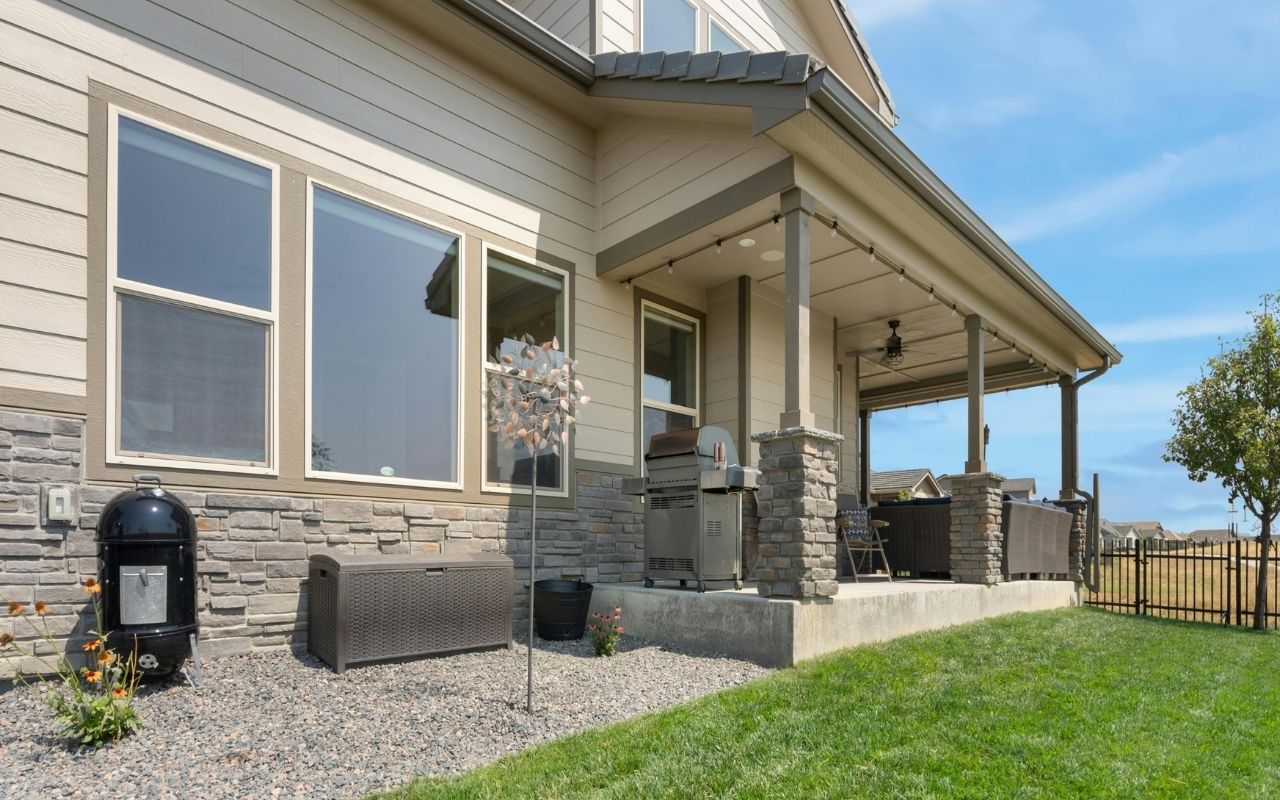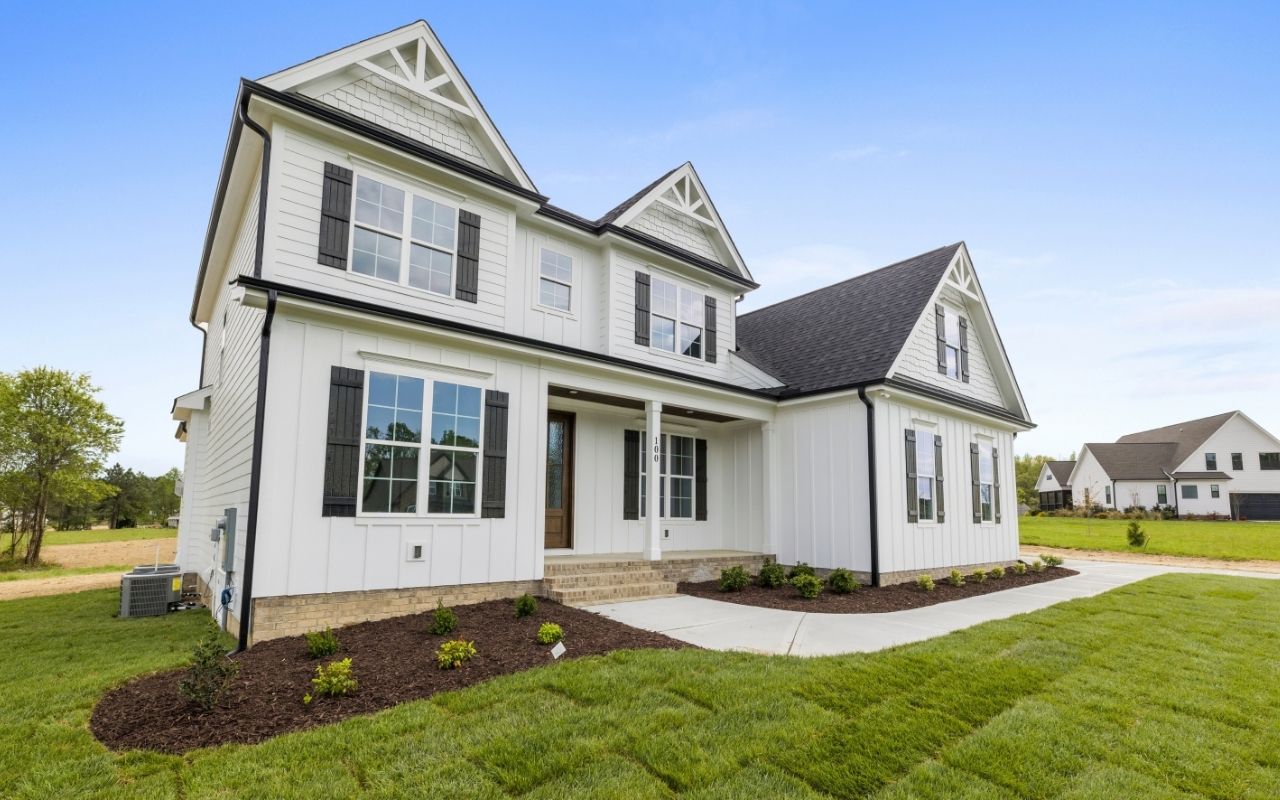
Choosing the right siding is more than just picking a shade you like—it’s about coordinating siding colors with your entire exterior. From shutters and soffits to front doors and trim, combining complementary or contrasting tones creates a polished, cohesive look that feels intentional.
At CPG Roofing & Siding, we help homeowners select vinyl siding colors that complement all exterior elements, adding both beauty and value to your home.
Create Balance with Complementary Color Pairings
Match with Your Home’s Fixed Features
Start by assessing your home’s fixed features, such as the roof, brick, or stone accents. Warm-toned elements pair best with siding in beige, khaki, or taupe. Cool-toned features, like gray shingles or stone, go well with blue, slate, or icy white siding.
Use the Color Wheel
To create contrast or harmony, look at a color wheel:
- Complementary tones (opposite on the wheel) like navy siding with orange-toned doors bring energy and contrast.
- Analogous tones (next to each other on the wheel), such as sage green siding with olive shutters, provide a calm, blended look.
Reach out to our experts for personalized recommendations.
Accent Elements That Make a Difference
Doors and Shutters
Your front door and shutters are natural focal points. Use bolder or darker colors here to frame your siding color. For example, white siding with black shutters and a red door is a timeless, balanced trio.
Soffits and Fascia
These details often go unnoticed—but when matched correctly, they elevate your exterior. Try matching soffits and fascia to your trim or going a shade lighter or darker than your main siding for subtle depth.
Garage Doors and Gutters
Yes, they count too. Don’t ignore these larger surfaces. Coordinate their colors with your siding or trim to keep the whole exterior looking unified.

Mistakes to Avoid When Coordinating Siding Colors
While vinyl siding colors are versatile, it’s easy to make small mistakes that throw off your exterior:
- Using too many bold colors – Limit your palette to two or three core colors.
- Ignoring undertones – Warm beige and cool gray don’t always mix well. Test samples together.
- Forgetting about lighting – Colors shift in sunlight. Always view samples outside before finalizing.
If you’re unsure what works well together, we can help visualize your options before you commit.
FAQs About Coordinating Siding Colors
How do I know if my siding and trim colors work together?
Look for a contrast that doesn’t clash. Light siding with darker trim (or vice versa) usually works well. If both are light or dark, choose different undertones for separation.
Can I use three colors on my home exterior?
Yes, and it often works best: one for siding, one for trim, and one for accents like doors and shutters. Keep them within a cohesive palette.
Should soffits and gutters match the siding?
Not always. Many homeowners match soffits and gutters to the trim or roof for a cleaner, more integrated look.
Let’s Find the Perfect Siding and Accent Combo
Coordinating siding colors isn’t just about the main walls—it’s about creating a full exterior color story. At CPG Roofing & Siding, we’re here to help you choose the best tones for siding, trim, and all the finishing touches.
Contact us today to get started on a color consultation tailored to your home’s unique style.

